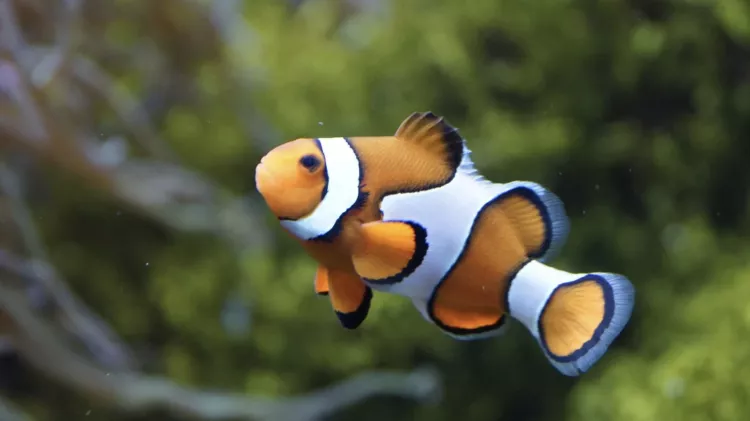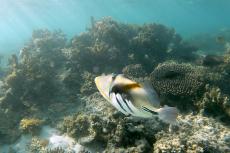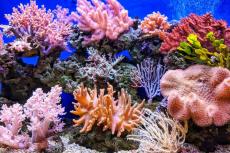Clownfish at different anemones get stripes at different rates
A new study reveals that the white stripes on clownfish living at different anemones develop at different speeds.
Scientists have discovered that how fast the white stripes that run down the clownfish’s body develop depends on the sea anemone it lives in.
Specifically, they found out that the clownfish living in the giant carpet anemone and those living in the magnificent sea anemone develop stripe patterns (called “bars”) at different speeds as they matured from the larval to the adult stage.
Their research revealed that this was due to the levels of thyroid hormones, which accelerated the speed at which the bars develop. The juvenile clownfish living in the giant carpet anemone had higher levels of thyroid hormone than those at the magnificent sea anemone, thus they gained their adult white bars faster.
Duox was the key
During their research, the team had investigated the activities of the genes in the clownfish genome.
“The big surprise was that out of all these genes, only 36 genes differed between the clownfish from the two sea anemone species. And one of these 36 genes, called duox, gave us a real eureka moment,” said Professor Vincent Laudet, who leads the Marine Eco-Evo-Devo Unit at the Okinawa Institute of Science and Technology Graduate University (OIST).
He is also the senior author of a paper on the findings, which was published recently in the PNAS journal.
Duox manufactures the protein dual oxidase, and it plays an important role in the formation of thyroid hormones.
The gene showed higher levels of activities in the clownfish from the giant carpet anemone, resulting in high levels of thyroid hormones, thereby leading to the faster rate of white bar formation, compared to the clownfish at the magnificent sea anemone.
The researchers’ work continues, as they seek to address the questions that their findings have brought forth, including the ecological reason for the variation of the rate the white bars formed.
“We suspect that these changes in white bar formation are just the tip of the iceberg, and that many other differences are present that help the clownfish adapt to the two different sea anemone hosts,” said Prof. Laudet.
























